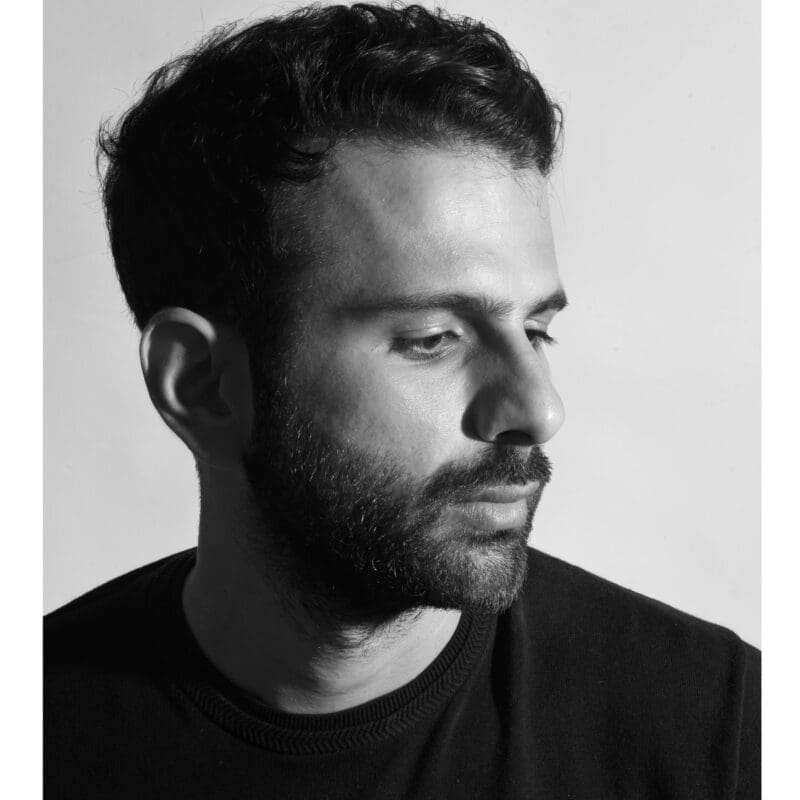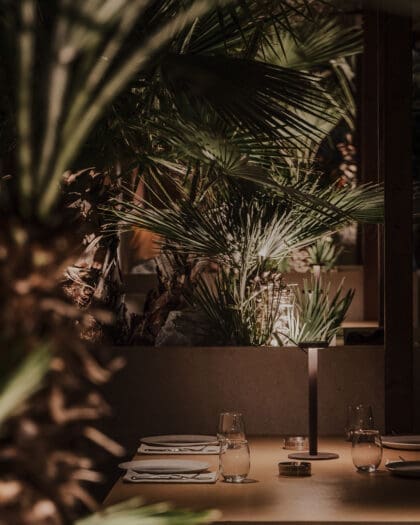Beirut’s dynamic restaurant scene reflects the city’s revival
Lebanese tradition unfolds across Beirut’s spirited dining tables, from mezze platters served with a coastal breeze to refined dining in grand converted villas
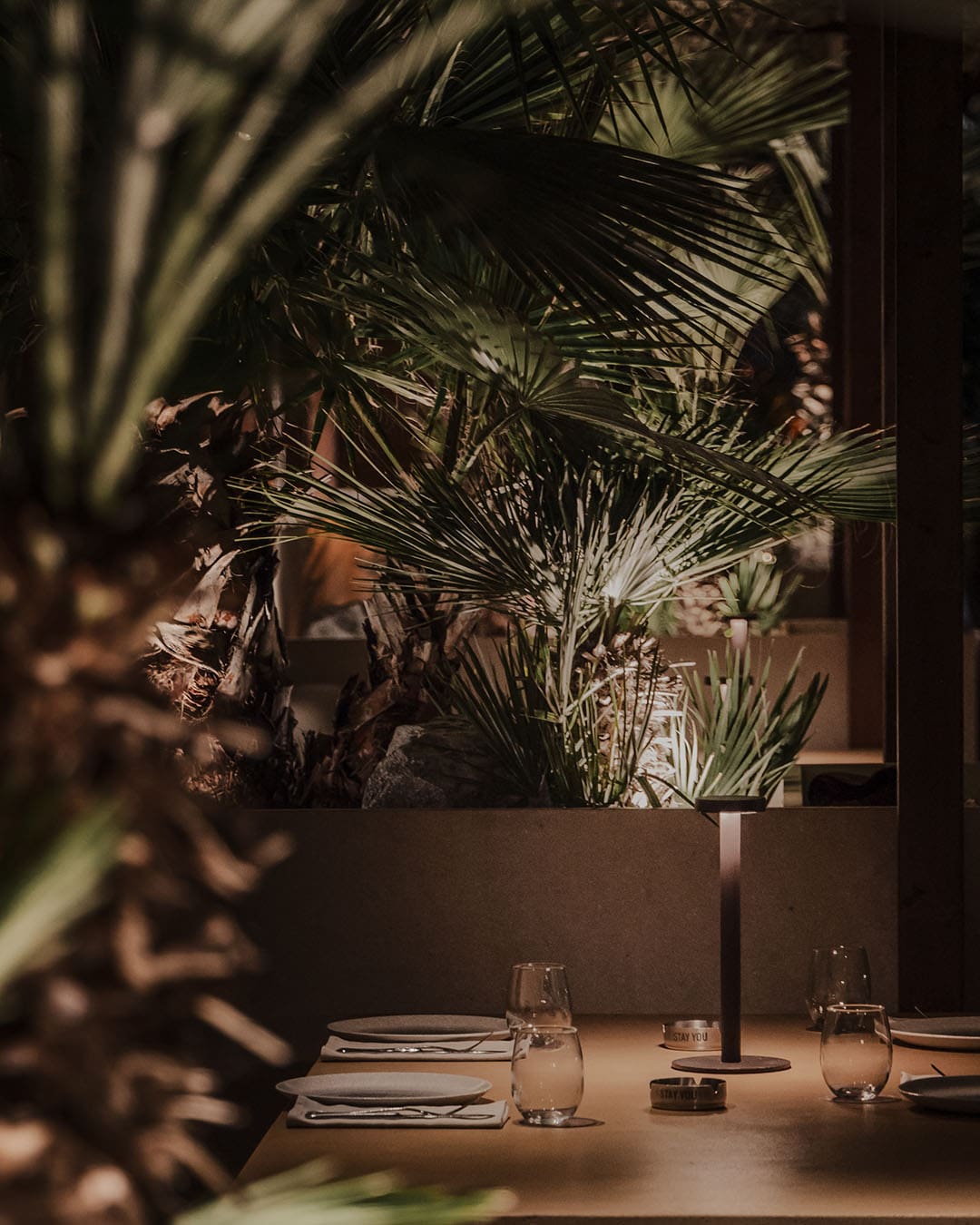
Lebanese food has long been celebrated for its abundance of plant-based options, bold flavour and remarkable variety. This culinary heritage shapes dining culture, from mezze spreads passed around convivial tables to fried sardines served with tahini as a beach snack. A new generation of well-traveled restaurateurs are also interpreting ingredients in fresh ways, reflecting a city attuned with reinvention. The result is a fine dining scene on the rise, grounded in an established terroir.
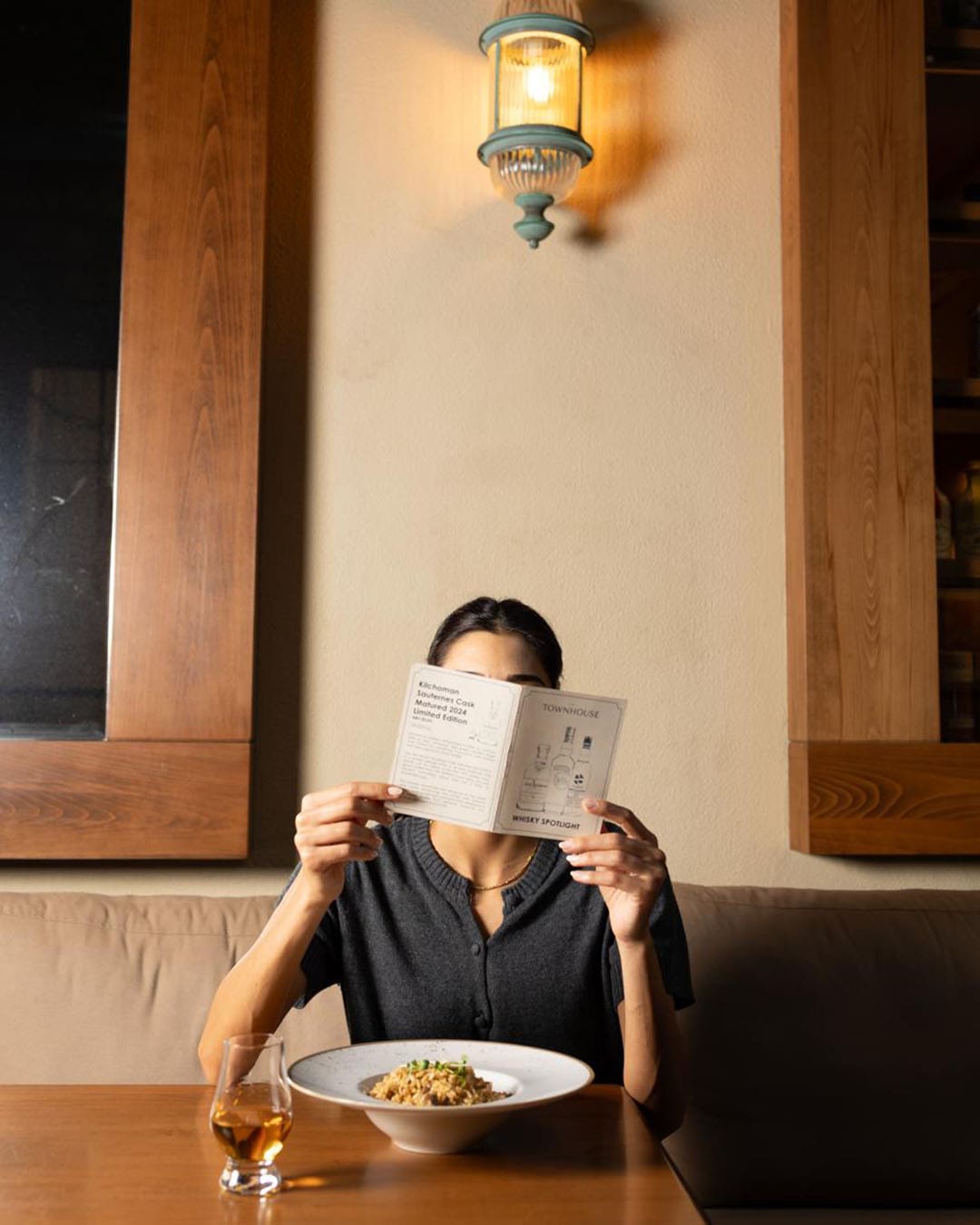
The Townhouse
Best for: A breakfast-to-dinner menu that delivers on all fronts
Address: Abdul Wahab El Inglizi, Beirut
Price: £££
Since opening in 2024, The Townhouse has become a fixture of Achrafieh, praised for its fresh flavours, international menu and polished service. The conservatory terrace, shaded by an ancient banyan tree, is one of Beirut’s most romantic dining spots, ideal for long lunches or intimate dinners. Interiors are elevated without being showy, striking a balance between refinement and comfort. Cocktails receive the same care as the food, while the adjoining deli tempts with artisanal cheeses, charcuterie, and condiments from across the world.
Casablanca
Best for: Upscale dining in one of Beirut’s most iconic houses
Address: Rue Dar el Mreisseh, Ain el Mreisseh Qaddoura Bldg 2nd Floor, Beirut
Price: ££££
Since opening in the late nineties, Casablanca has defined fusion cooking in Beirut. Housed in a classic Lebanese villa on Manara, it is one of the city’s rare addresses where heritage architecture meets open sea views. The interiors are eclectic and refined, the playlist carefully chosen, and the sake list sharp. Service feels warm, especially for regulars (many of the waiters have been there since day one). Longstanding favourites include raw salmon wrapped in Swiss chard leaves. From the villa’s triple-arched façade, a balcony looks out onto the Corniche, where the city drifts by in picturesque views. Casablanca endures as an institution, but more than that, it is a mood, a memory, and a reminder of Beirut’s splendour against all odds.
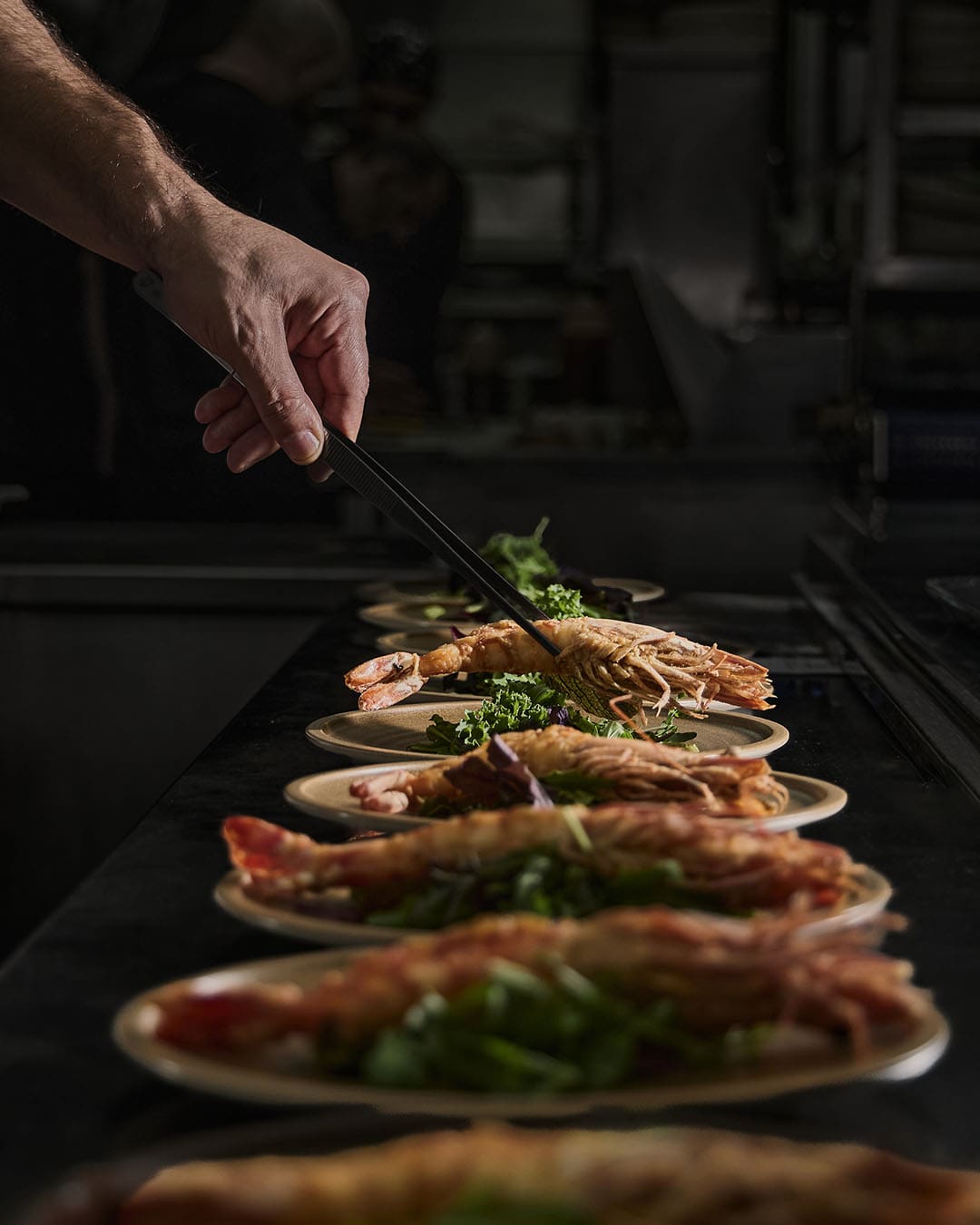
Le Canoë at Holiday Beach Resort
Best for: Retro seaside nostalgia with a playful spirit
Address: Holiday Beach Marina Dbayeh, Mont-Liban
Price: £££
Le Canoë forms part of the mid-century Holiday Beach, a resort just outside the city with a ‘90s vibe that recalls Lebanon’s golden seaside years. The atmosphere is laidback but refined: families swim, mezze spreads move from table to towel, and the sea breeze drifts through the open spaces. Beirutis flock here for the seafood, impeccably prepared and served without fuss: the day’s catch grilled, platters of shellfish, simple flavours and quality ingredients.
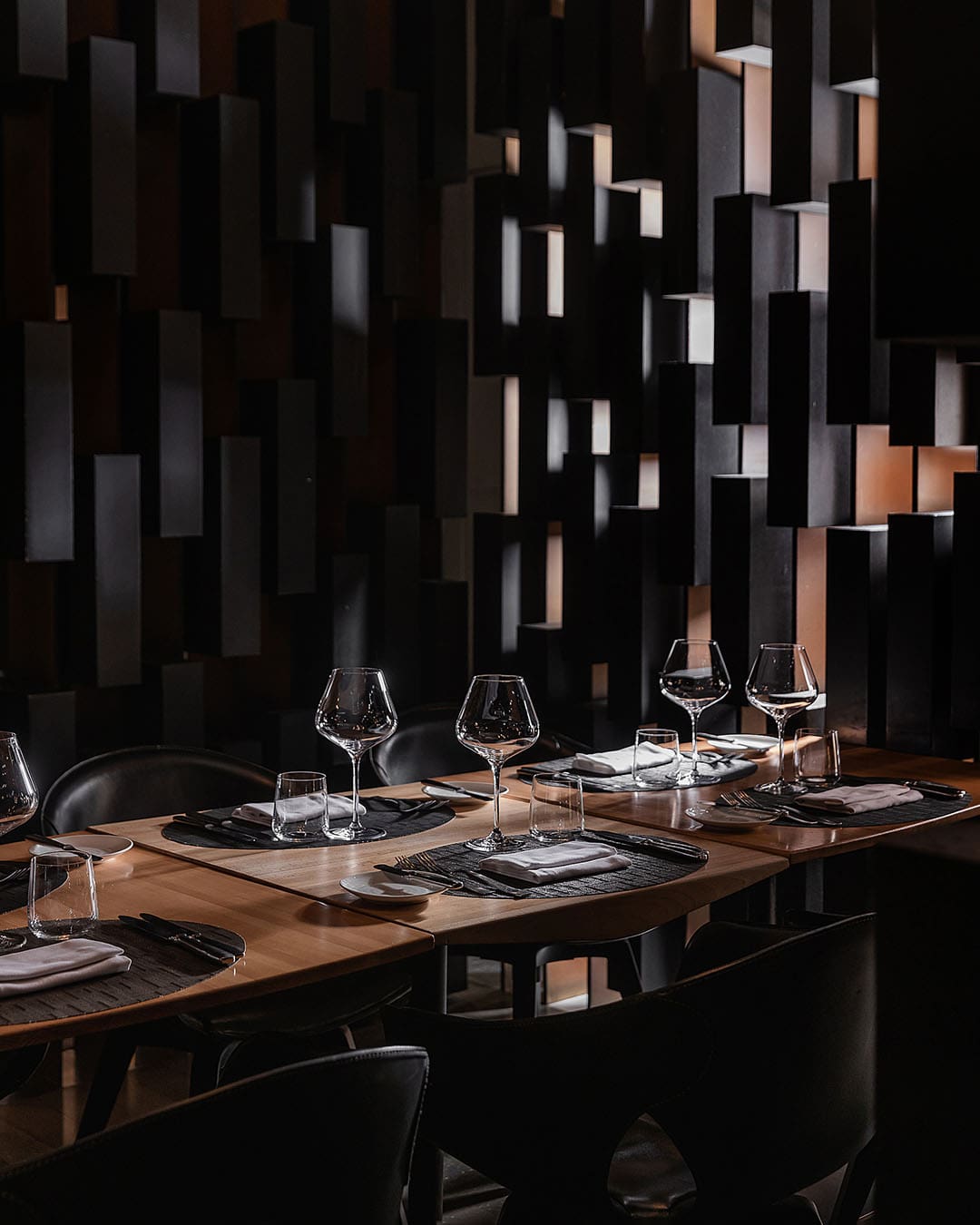
Burgundy
Best for: See-and-be-seen refined dining
Address: 752 Gouraud Street, Saifi Village, Beirut, Lebanon
Price: ££££
Burgundy has long held near-mythical status in Beirut’s dining scene. Tucked discreetly Downtown, it is known for its extraordinary cellar, among the best in the region. Interiors are understated: dim light, muted palettes and soft textures let the focus fall on plate and glass. French-influenced cuisine meets Lebanese seasonality in a menu interpreted by Chef Abdo Faddoul and his team. Service is warm yet restrained, orchestrating evenings where food and wine meet in quiet dialogue. Burgundy is reserved for special nights, with special guests.
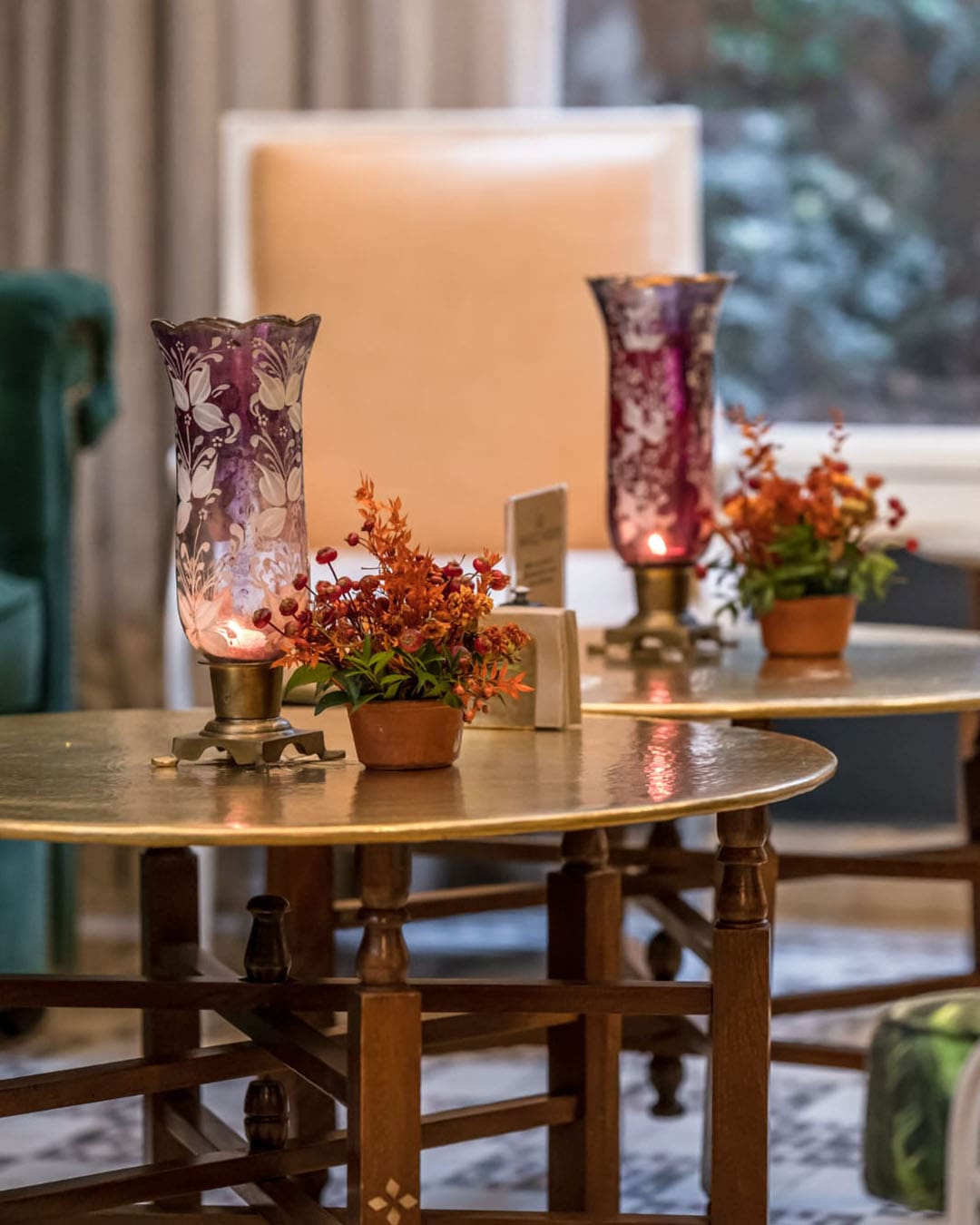
Beit Kanz
Best for: Artisanal Lebanese dining in a heritage home
Address: 61 Sursock street, Beirut
Price: £££
Beit Kanz feels more like entering a private residence than a restaurant. Set in a traditional house in Ashrafieh, centuries-old interiors preserve vaulted ceilings, arched windows and handcrafted details, blending history with contemporary design. The interior extends into an outdoor courtyard beneath a tree canopy for alfresco dining. The kitchen champions Lebanese ingredients: preserves, wild herbs and mountain cheeses used generously in revisited Lebanese staples. Beyond food, Beit Kanz doubles as a cultural project, reviving artisanal crafts and culinary traditions in its shop. Dining here feels like a quiet act of preservation and a celebration of Lebanese identity, while supporting the reputable Beit el Baraka charity that benefits countless local families.
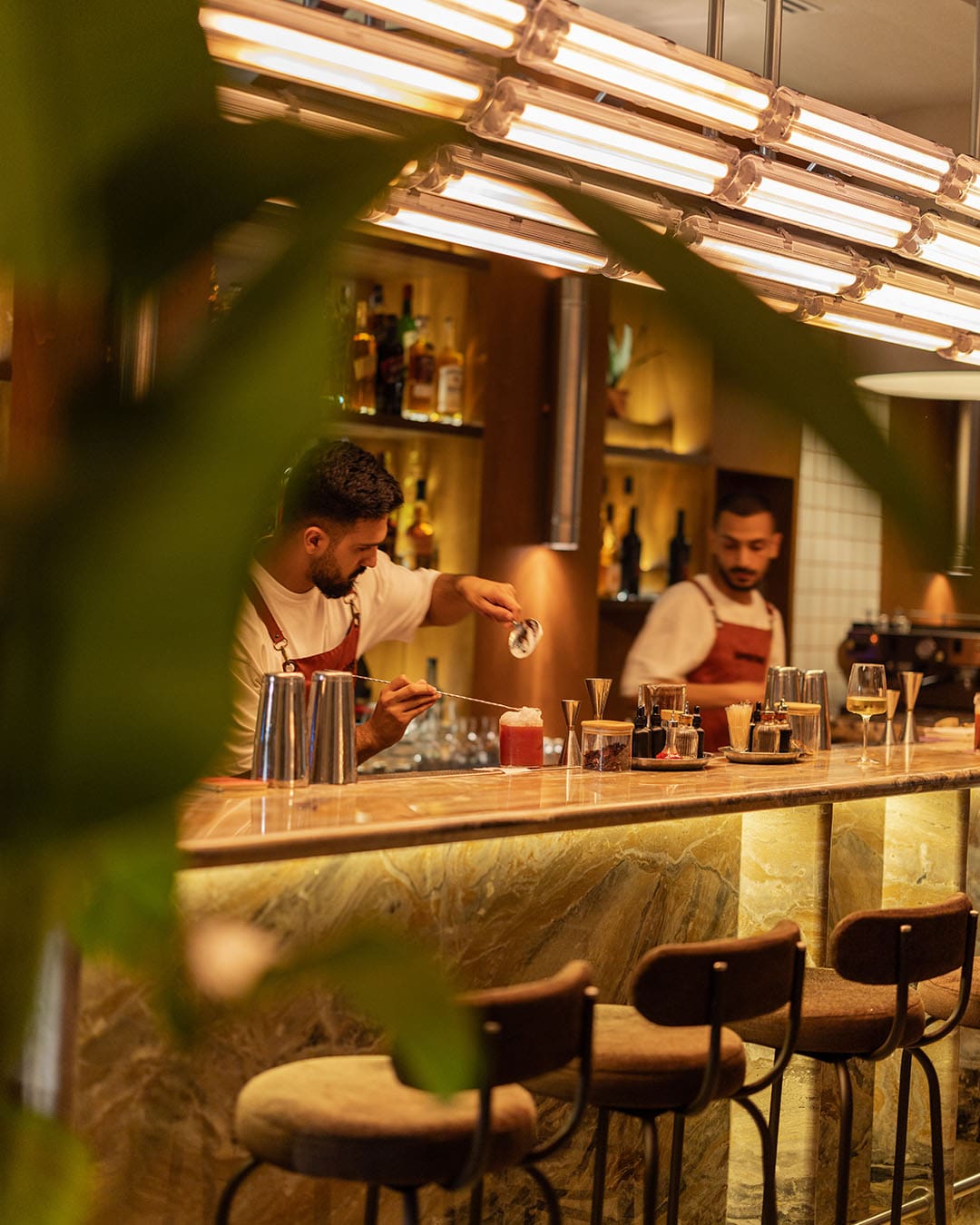
Superchief
Best for: Relaxed, upscale dining in a buzzy setting
Address: St Joseph University, Beirut
Price: £££
Monot was once the city’s prime nightlife hub. The area has evolved and you’ll now find fashionable restaurants and art spaces along its tree-lined streets. At Superchief, stone and marble interiors are softened by lush plants, while the bar is moody and dimly lit. Upscale comfort food includes pasta alla vodka, burrata Pugliese-style and elevated burgers. Behind a discreet back door lies Limbo HiFi, a speakeasy that flies under the radar and remains refreshingly crowd-free – a rarity in Beirut.
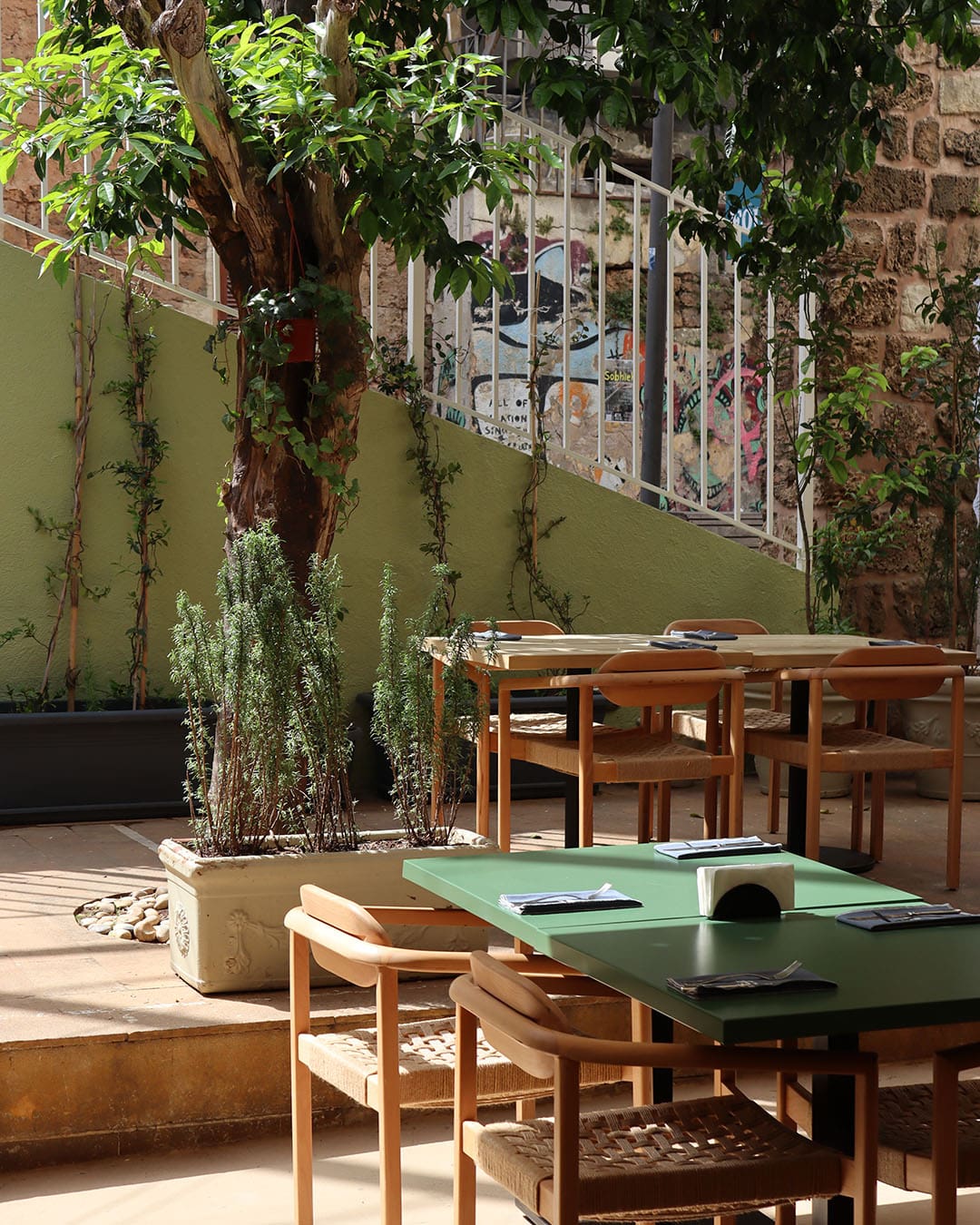
Un Peu Fou
Best for: Tiny female-owned restaurant perched on the iconic St Nicolas stairs
Address: St Nicolas stairs, Gouraud, Beirut
Price: £££
Un Peu Fou – which means ‘a little crazy’ in French – lives up to its name with playful experimentation. The menu is built on seasonal produce and local sourcing by Chef Andrea Bouez and dishes surprise without trying too hard: a vegan schnitzel, a spin on warak enab (stuffed vine leaves) and locally made cheeses that draw on Italian and French styles. The space carries Gemmayzeh’s trademark charm, while a terrace overlooks the St. Nicolas stairs, perfect for people-watching. Regulars gather at the bar, conversations spill into the street, and the chef often stops by tables to meet guests.The food is original yet grounded, cocktails go down easy, and the room hums with Beirut’s energy.
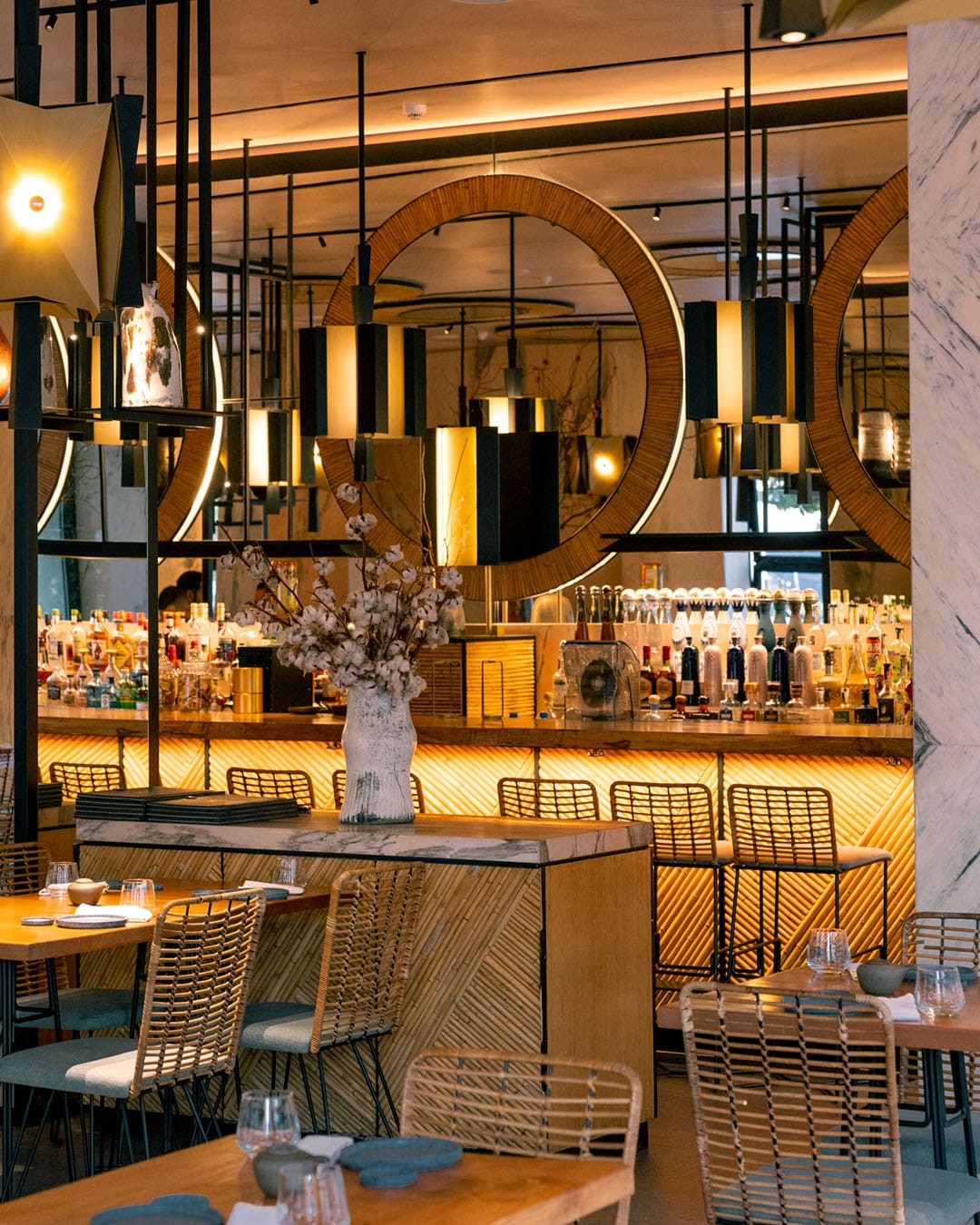
Le Sushi Bar
Best for: Longstanding Japanese dining
Address: New Starco Building, Rizkallah Street Minet El-Hosn Sector, Beirut
Price: ££££
Since the 1990s, Le Sushi Bar has set the bar for Japanese dining in Beirut. While sushi surged in popularity across Lebanon during the decade, Le Sushi Bar distinguished itself through consistency and mastery. Balancing sashimi and nigiri with inventive rolls and seasonal specials, every dish is presented with precision. Service is attentive without being stiff, and the wine and sake list shows cultivated taste. This sophisticated haunt is a steady favourite for Beirut’s social crowd.
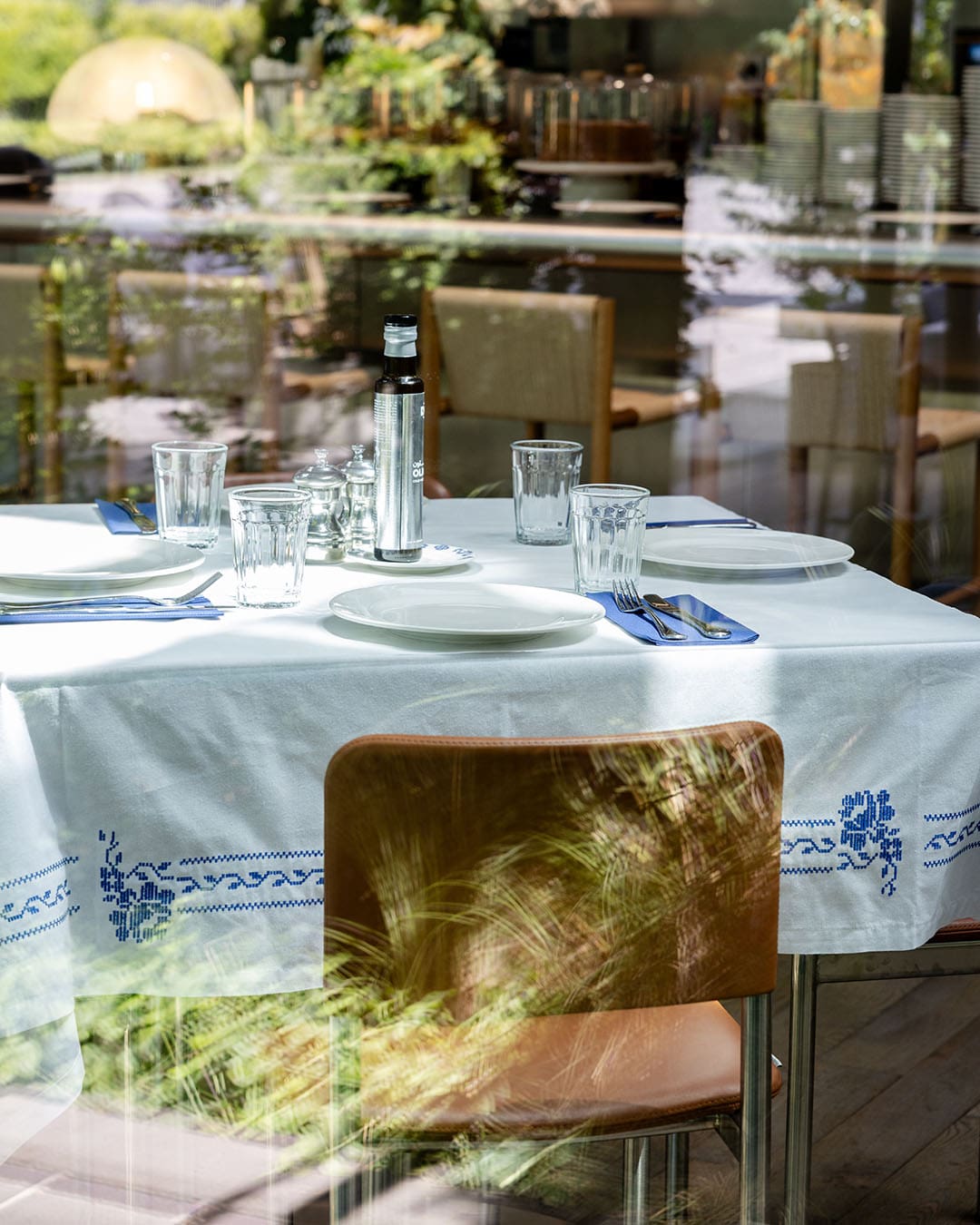
Em Sherif au Musée
Best for: Dinner in an immersive art setting
Address: Nicolas Sursock museum, Beirut
Price: ££££
Em Sherif has long been celebrated as one of Beirut’s finest for Lebanese cuisine, with a flagship in Abdulwahab. The restaurant has recently expanded with a deli and new dining space inside the iconic Sursock Museum, where a serene terrace overlooks the garden. The restaurant riffs off the museum’s creative energy, with an eclectic interior hung with art by Hussein Madi. Order snacky mezze, seasonal plates and finish with comforting riz bi halib (sweet rice pudding) or the airy orange cake. The best way to enjoy Em Sherif au Musée is to pair it with a visit to Sursock itself. Wander the galleries of the 1912 Venetian-Ottoman villa, then settle into the restaurant, where Beirut’s coolest crowd just happens to gather.
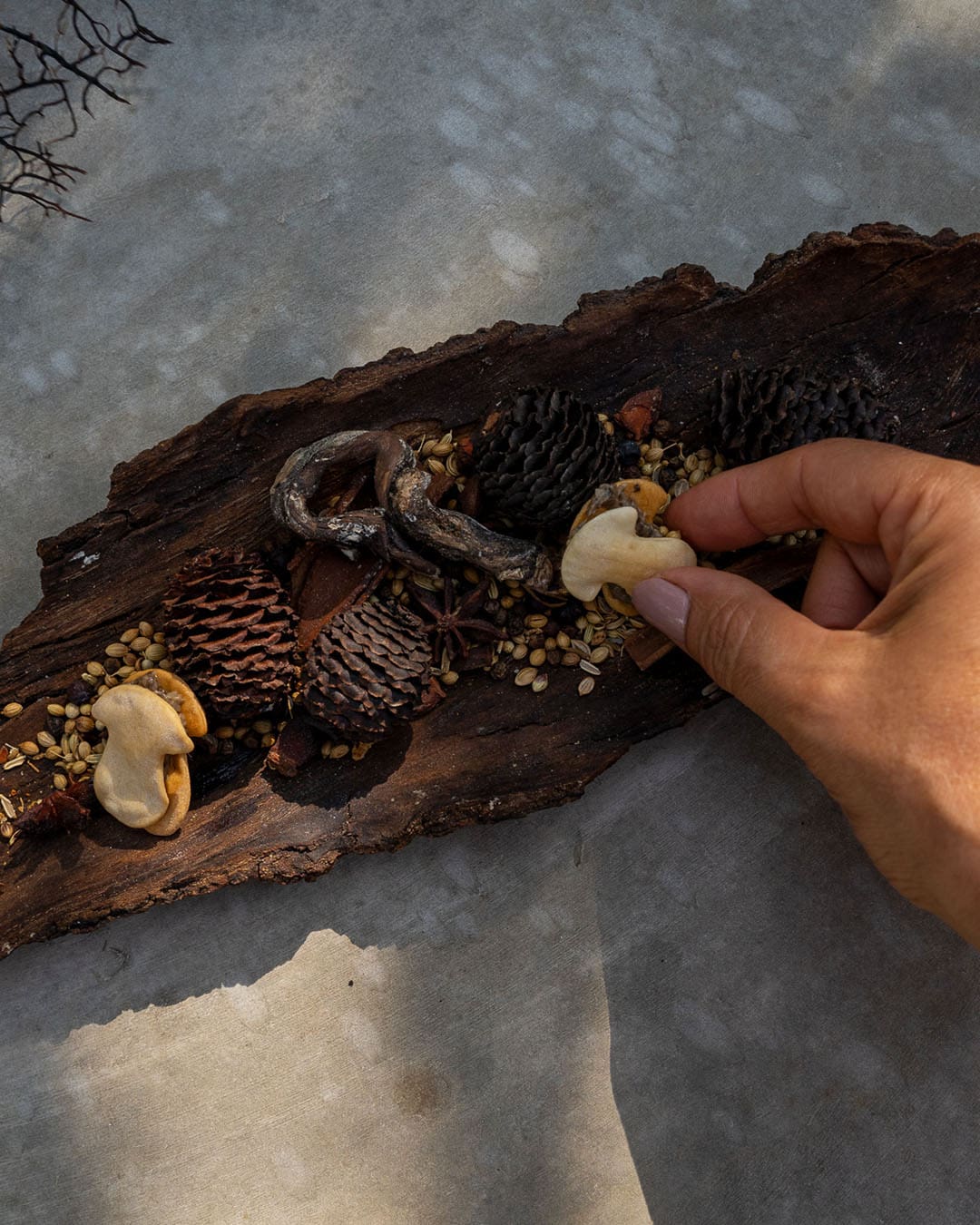
Brût by Youssef Akiki
Best for: Farm-to-table fine Lebanese cuisine that is worth the trip out of town
Address: Hrajel, Lebanon
Price: ££££
Chef Youssef Akiki has a clear mission: to propel Lebanon onto the international fine dining stage, and Brût is where that vision comes alive. The restaurant unfolds at his grandfather’s former stone cabin in the mountain village of Hrajel, just under an hour from Beirut by car. There are just six tables and dining takes place outside, framed by cedar trees, terraced orchards, with a river winding through the valley below. Menus shift with the seasons, drawing on local farmers and foragers for inspiration: like lamb with wild herbs or seafood paired with mountain produce. By placing Lebanon’s terroir at the heart of gastronomy, Brut doubles as a manifesto of national pride, mirroring the city’s untethered spirit.
